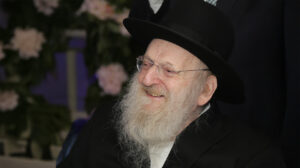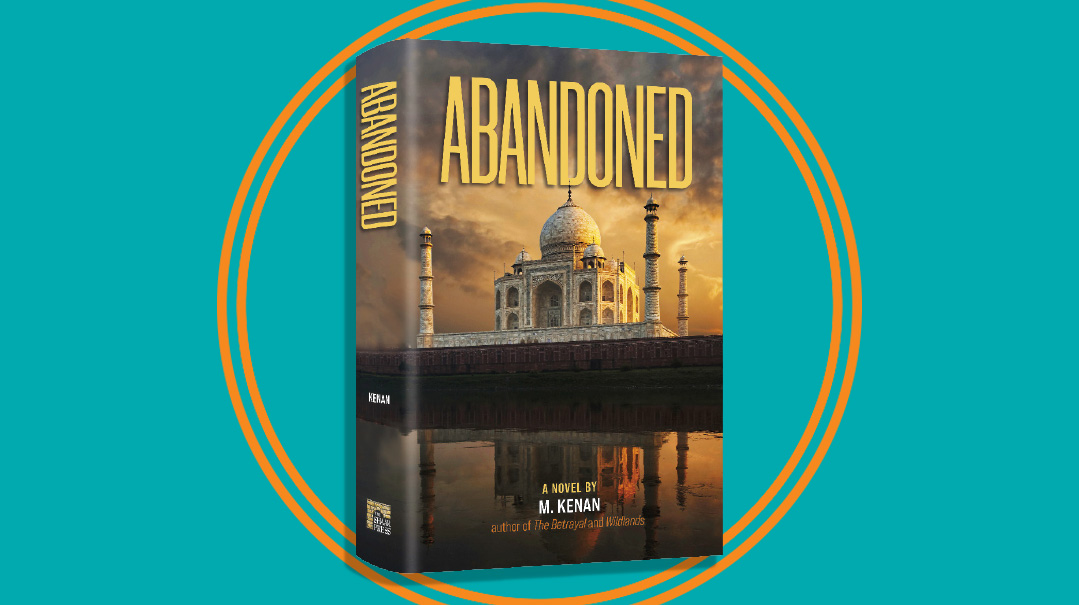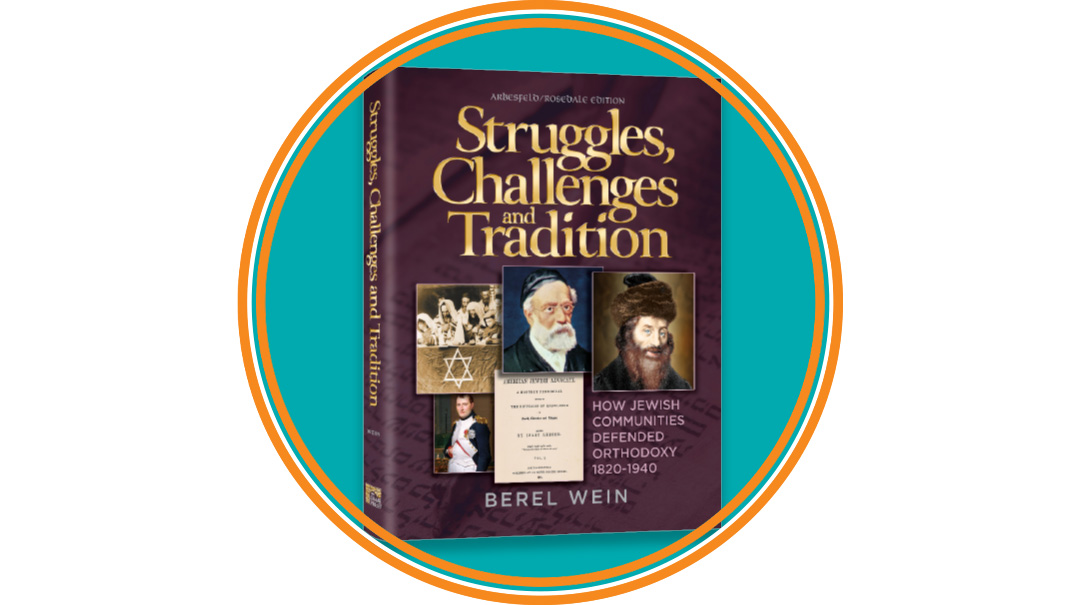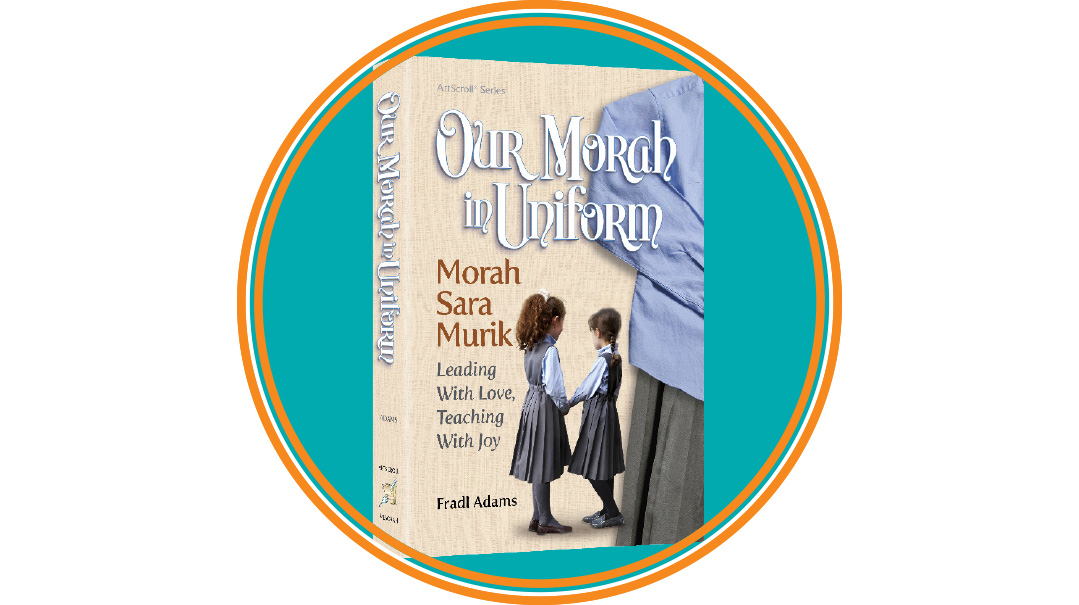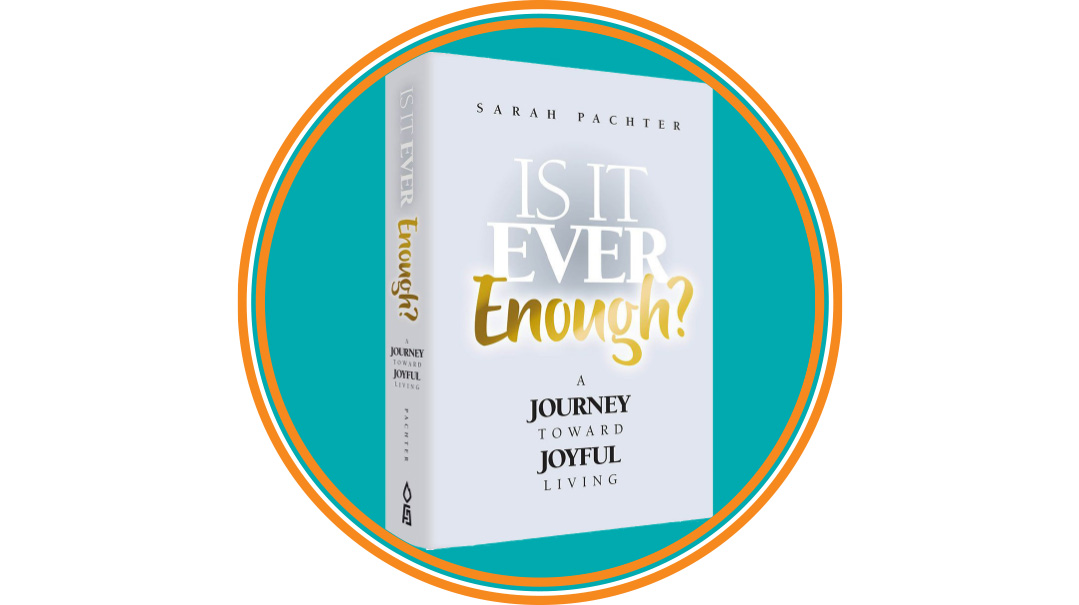Reaching to Heaven
| January 22, 2020"A book about Rav Yaakov Edelstein ztz"l, and the tzaddik he was, but it’s also about how we can improve our life according to his legacy"
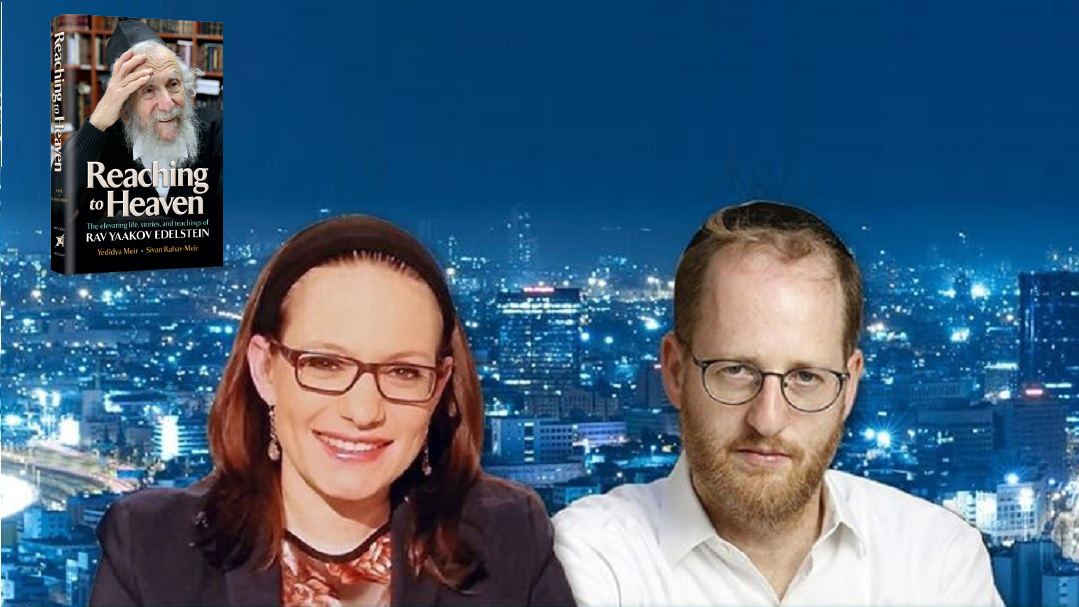
Book: Reaching to Heaven
Authors: Sivan Rahav Meir and Yedidya Meir
Publisher: ArtScroll
This book was born when
Rabbi Yaakov Edelstein ztz”l was niftar. Rav Edelstein had been the rav of Ramat Hasharon since 1950, a dayan on Rav Nissim Karelitz’s beis din, and was the brother of Rav Gershon Edelstein of Ponevezh shlita. He was known as a baal mofet whose door was open to all those who needed yeshuot, and was respected and loved by all the residents of Ramat Hasharon, an upper-class city in central Israel.
My husband and I found ourselves unable to leave the shivah house. We came for a brief visit, and as we sat there, every moment brought more visitors from a diverse cross section of Israeli society. People streamed in to comfort the family, bringing the most fascinating stories. We sat there, recording and writing, and we soon understood we had a treasure.
The hardest part
was to make a book about such a tzaddik accessible and applicable to the public. Reaching to Heaven is a book about Rav Edelstein and the tzaddik he was, but it’s also about how we can improve our life according to his legacy. Taking someone who is a Torah giant and bringing the takeaway down to earth was hard.
What I left unwritten
We interviewed over 100 people to compile these memories of the Rav. Sometimes, we were able to copy and paste from the interviews. But some spoke about his miracles and segulot. We decided not to include all the mystical stuff, because we wanted the book to be tachlit, to be relevant to climbing our own ladders.
We chose the title “Reaching to Heaven”
because In Hebrew, the book is called Sulam Yaakov, Yaakov’s ladder. The message of a ladder is how can I elevate myself? The English title captures that meaning, and this reflects the book’s content, since it’s all about how we can reach upward, using tools and inspiration from this tzaddik’s life.
The start of my writing journey
I started working as a journalist at age six. I was a curious Israeli girl, and I interviewed every kid in my class and published the articles in a children’s magazine — their parents, you can imagine, didn’t always love opening up a magazine to find the silly stuff I’d written about their kids.
It took me time to realize that the pen in my hand was a powerful weapon, and I should use it responsibly. I worked on Israeli TV as a kid too before I became religious as a teenager, so I’ve had a very creative journey, but now I’m using those skills for a higher purpose.
My writing space
I wish I had one! I write everywhere and all the time. Usually, it’s when my husband drives. He listens to the music he loves, and I type. This year, we’re on shlichut in the US, giving lectures all over for the World Mizrachi movement. I’m spending hours on planes, so I write then, my laptop on the tray table.
Revealing responses
I meet people who look and sound completely secular and define themselves as secular Jews, and then they start to speak about the Rav and tell me they took on some practices in the areas of Shabbat, kashrut, or taharat hamishpachah in his honor.
Other secular people tell me that this is the first time they have read something spiritual and uplifting about a rav. Tragically, the media portrays rabbis as extremists, so the book is surprising to them. They feel they missed an opportunity to meet a great man and ask me where they can find another such spiritual personality.
Still others have let me know that they used the tools mentioned in the book and wow, Rav Edelstein’s advice worked and improved their lives or their relationships.
What surprised me
I guess I always think of rabbanim as protecting the spirituality of Am Yisrael, building walls and guarding breaches. But I discovered in the process of writing this book that our leaders don’t just guard what we have, but inspire us to conquer new ground, attain higher levels. Rav Edelstein was a Torah giant who was very open-minded. As rabbi of Ramat Hasharon, he was a leader of the nonreligious and newly religious as well as Orthodox people. He related and inspired growth among them all.
What I hope my readers take with them
I hope they let the book escort them to higher places. It has many tools that we can use to work on our characters and strengthen ourselves. Rav Edelstein’s ideals and his advice serve as weapons for us to fight the encroachment of secular values on our lives.
Writings that influenced my journey
I read anything and everything. All available Hebrew material, that is. As a girl, I didn’t dance or play guitar or play sports. All I did was read, 24/ 7. So I guess all those eclectic influences come out in my writing. More recently, I was influenced by the writings of the Netivot Shalom, the Rebbe of Lubavitch, and Rav Shlomo Wolbe, as well as the Bible scholar Nechama Leibowitz.
Rewards of writing this book
I’ve been a journalist for years. I covered the Supreme Court in Israel, and I covered the Knesset, so I was used to elections and politics. While writing this book, for the first time, I concentrated entirely on something holy. Searching for “holy scoops” has definitely affected my mindset.
Best money I spent as a writer
Buying hundreds of books! In Israel there’s a week called Shavua Hasefer, with book fairs and festivals and events for adults and kids, and we used to go to those events to stock up on books.
Best writing tip
Be curious! Ask questions until you know everything about your subject.
(Originally featured in Family First, Issue 677)
Oops! We could not locate your form.

